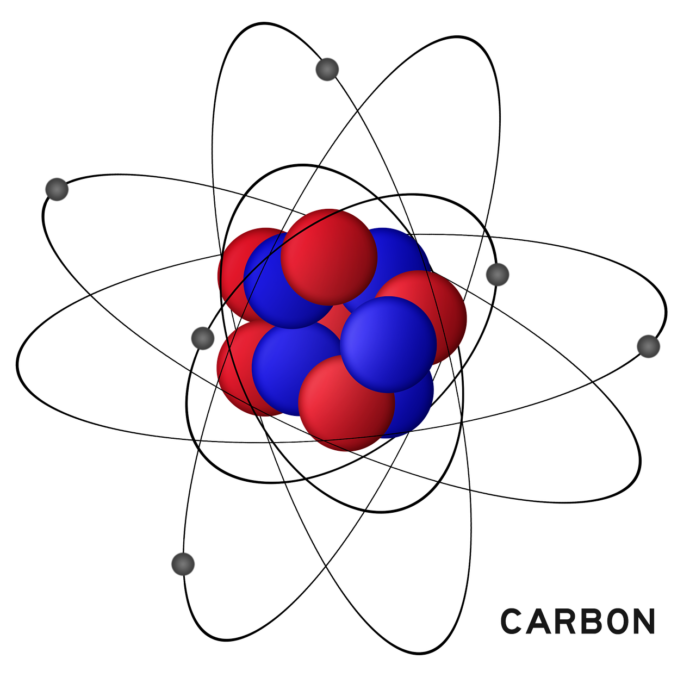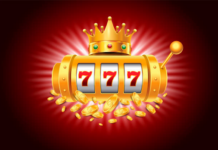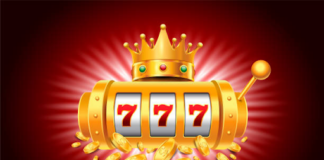
If you have a question about hydrogen atoms in an acyclic alkane with 7 carbon atoms, this article may help. An acyclic alkane is a hydrocarbon molecule that only has single bonds between the carbon atom. This means that there are no branches or rings on the molecule. Acrylic acid is a very common example of an acyclic alkane with the formula CH3CH2COOH, and it contains one less hydrogen atom than ethanol (CH3CH2OH). There are four hydrogen atoms in an acyclic alkane with a carbon chain of seven. The formula for the number of hydrogens is: \(H/C\) = (number of carbons) \(\frac{18}{12}\) because there are two hydrogen atoms on each carbon atom, and 18 grams per mole. So we have 14 H’s out of 12 Cs which equals one less than a full set or “full complement” as chemists would call it. In other words, you can think that if there were no probability factor involved in forming these molecules then they would always be made to form either all-hydrogen chains or full-carbon chains – so what happens? Well when








